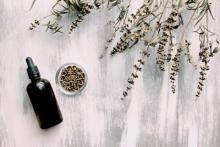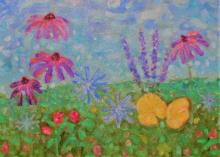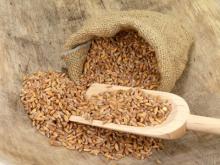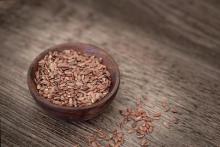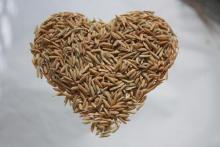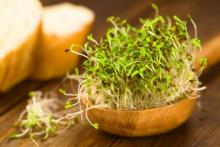A Holistic Approach To Menopause: Meditation & Breathwork For Comfort & Peace
As women, we experience hormonal fluctuations throughout our lives. Menopause is part of the natural aging process and involves physical, emotional, and hormonal changes. The same hormones that affect us during menstruation are the same hormones we experience in menopause, but they can affect us in a number of different ways. Mood changes can leave us feeling out of control, irritable, and fatigued. Luckily, you are empowered to help yourself!



